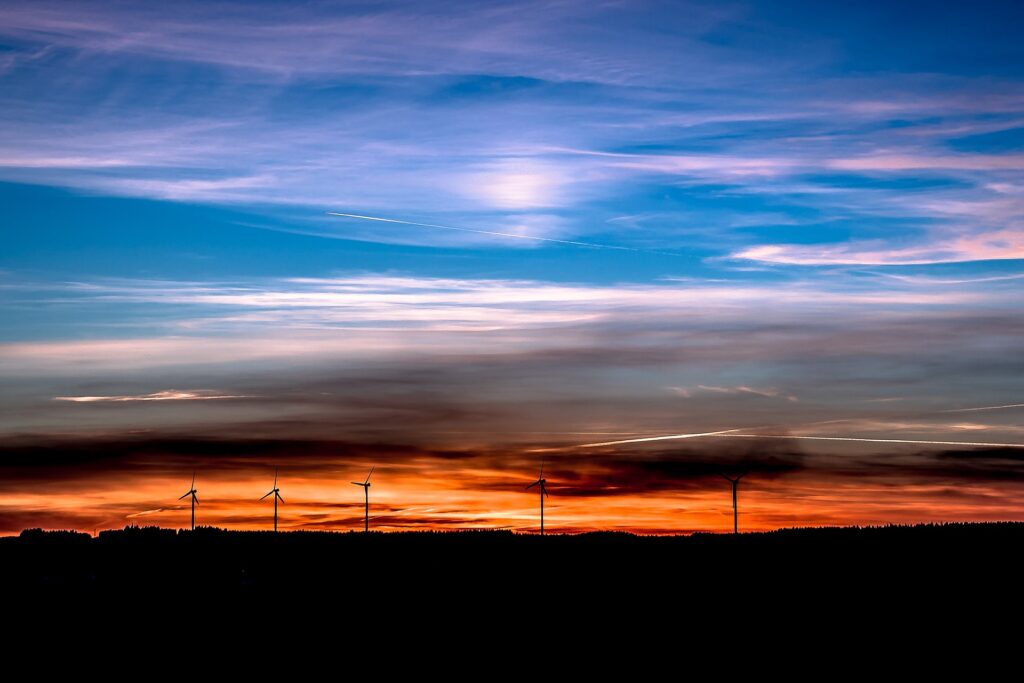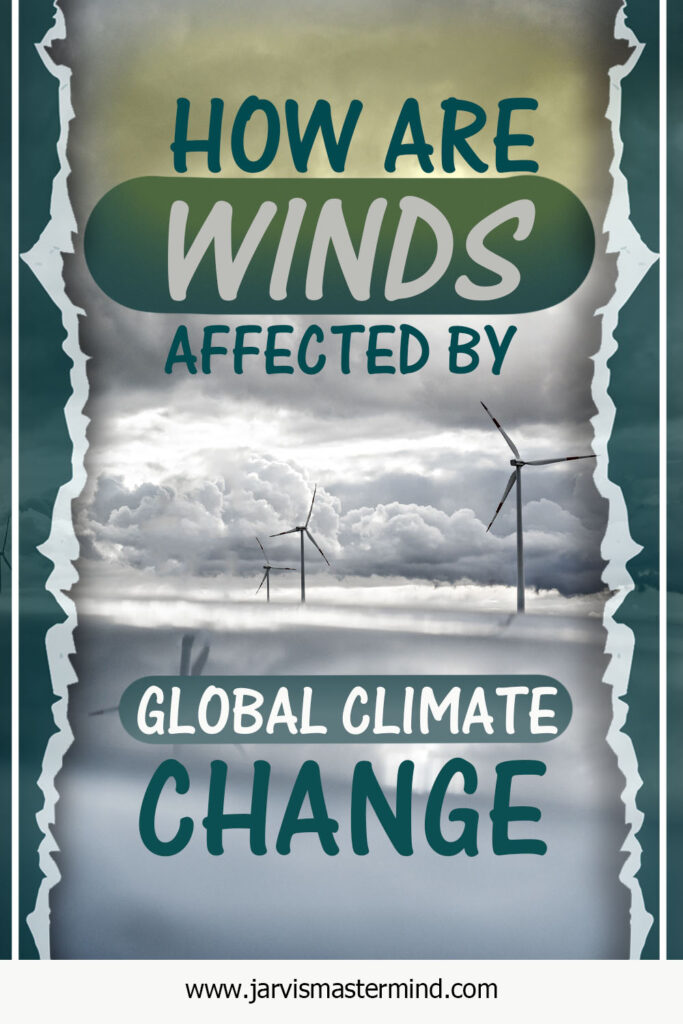Climate change has the potential to change the way we live on Earth, every detail gets impacted by climate change because the climate is the medium we live in and when the medium gets polluted we must get impacted, So how are winds affected by global climate change?
Before we get into how the winds get affected we need to review how the winds are created in the first place, because this is where the story begins.

Does Earth need wind?
If you don’t mind sacrificing flying airplanes, moving clouds to dry areas, and regulating temperature on Earth, then yes Earth doesn’t need wind.
But in order for this functions, and more, to happen we really need wind.
Without wind we can say goodbye to regulated temperature, hot areas would be burning and the cold regions would be freezing because nothing is transporting and regulating temperature between these areas.
And you could imagine what would happen to the clouds, there would be nothing moving the clouds so some areas would rarely see the sun while other areas would never get rain.
Simply put, there would be an imbalance in Earth’s system if the wind wasn’t there, So yes we do need wind.
How Do Winds Form?
Heat isn’t distributed evenly in Earth’s system, the sun takes more time to heat the ocean than heat land. This creates differences in temperature between different areas of Earth.
Also, the equator is heated by the sun more than other areas of Earth, warm equator air rises into the atmosphere and migrates towards the poles which creates a high-pressure system. At the same time cooler, denser air moves over Earth’s surface toward the equator to replace the heated air, which creates a low-pressure system.
This difference in temperature and pressure creates movement of atmospheric air which we call wind. This is how the wind is created.
Which Types of Winds Are Blowing Over the Earth?
There are five major wind zones on Earth: polar easterlies, westerlies, horse latitudes, trade winds, and the doldrums.
The polar easterlies are the dry, cold prevailing winds that blow from the high-pressure areas of the polar highs at the north and south poles towards low-pressure areas within the Westerlies at high latitudes.

The westerlies, anti-trades, or prevailing westerlies, are prevailing winds from the west toward the east in the middle latitudes between 30 and 60 degrees latitude. They originate from the high-pressure areas in the horse latitudes and trend toward the poles and steer extratropical cyclones in this general manner.
The horse latitudes are located about 30 degrees north and south of the equator. It is common in this region of the subtropics for winds to diverge and either flow toward the poles (known as the prevailing westerlies) or toward the equator (known as the trade winds). These diverging winds are the result of an area of high pressure, which is characterized by calm winds, sunny skies, and little or no precipitation.
The trade winds or easterlies are the permanent east-to-west prevailing winds that flow in the Earth’s equatorial region. The trade winds blow mainly from the northeast in the Northern Hemisphere and from the southeast in the Southern Hemisphere, strengthening during the winter and when the Arctic oscillation is in its warm phase.
Known to sailors around the world as the doldrums, the Inter-Tropical Convergence Zone, (ITCZ, pronounced and sometimes referred to as the “itch”), is a belt around the Earth extending approximately five degrees north and south of the equator. Here, the prevailing trade winds of the northern hemisphere blow to the southwest and collide with the southern hemisphere’s driving northwest trade winds.
Why Does the Wind Blow from West to East?
Most of the US lies above 30° North and has prevailing Westerlies, Westerlies, as explained earlier in this article, move from West to East which happens in most of the United States.
Yet Florida, Texas, and Southern-most California have prevailing winds blowing East to West.
Why is Southwest Monsoon Called So?
In the Indian sub-continent, the wind blows from the south-westerly direction which the Southwest Monsoon has been named after.
What Causes Decrease in Wind Speed?
There are 3 possible reasons for the decrease in wind speed:
- Changing patterns in atmospheric circulation
- Growing Vegetation
- Urbanization
The changing temperature in the Earth’s atmosphere might have impacted the pressure on different areas and surfaces on Earth, which directly impacts wind speed.
Vegetation in Central Asia and other parts of the world might have made a rough surface for the wind to flow which has led to a decrease in wind speed. Similarly, urbanization and tall buildings in different parts of the world might have caused a decrease in wind speed.
How Do Wind and Pressure Affect Climate?
Wind steers the climate, it carries moisture and rain into different areas of Earth, It moves distributes hot and cold air into different areas of the planet, without it the climate and the weather would be stale.
And the pressure is what causes the wind to happen, air moves from low-pressure areas into high-pressure areas creating wind.
So as explained at the beginning of the article, we do need wind to carry moisture, and rain, and to move clouds all around Earth, and without it, it would be impossible to live in any place in the world since it would be either burning or freezing.
How are Winds Affected by Global Climate Change?
Wind happens because of the pressure created by hot and cold air, pressure depends on the temperature of the air, as the temperature difference between different areas on Earth increases the pressure increases which increases the speed of the wind.
What climate change is doing to that system is that it’s diminishing this difference by increasing the temperature of all parts of Earth. And when there’s no temperature difference, there will be no pressure and no wind.
This would have an impact not only on rain and moisture but also on power. Since 9.2% of US power consists of wind currently this would definitely have a negative impact.
